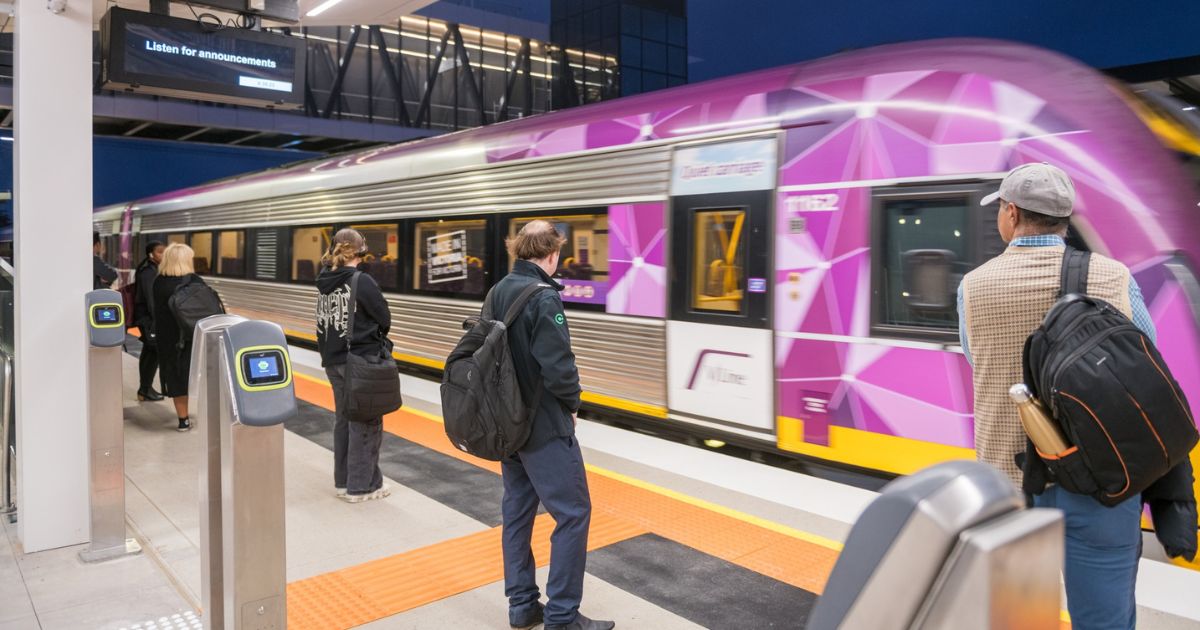Rubbish rehab

The community is encouraged to have its say on the future rehabilitation of the Drysdale landfill site.
COUNCILLORS have suggested that the millions of dollars potentially required to rehabilitate the Drysdale landfill precinct should come from the state government’s landfill levy.
The City of Greater Geelong is currently seeking community feedback on the future land use of the Drysdale landfill precinct, with two of the three options requiring a significant investment.
However deputy mayor and Bellarine councillor Trent Sullivan said the waste levy collected millions of dollars a year from the city and should go back to projects like landfill rehabilitation.
Fellow Bellarine councillor Jim Mason said the rehabilitation options, which even included BMX trails, would require extensive work and he agreed would need government funding.
Cr Anthony Aitken said two of the options involved a cost of $10 to $12 million and the EPA levy could provide a real opportunity, considering the city paid more than $4 million a year in levy charges.
However, in regard to plans for waste disposal after the closure, he said long-term Greater Geelong should be taking responsibility its own waste and not sending it outside its boundaries.
Geelong mayor Stephanie Asher said a community reference group, which included neighbouring property owners, had helped develop three potential landscape plan options.
“Each option has a separate main focus, such as community access and use, environmental restoration and cost-effective rehabilitation,” Cr Asher said.
“We’re hoping these options will stimulate discussion and allow residents to imagine what this significant landholding could become after the landfill is closed.”
The city is currently conducting a phytocap trial, to see if trees and shrubs can be planted over the former landfill.
If the phytocap method is unsuccessful, then a traditional landfill site rehabilitation, similar to the former Corio Landfill rehabilitation would be necessary.
Option 1 would provide new community parkland, retaining a mix of open grass areas and indigenous vegetation, while maximising public access and community facilities.
Potential infrastructure with the first option could include paths, seats, picnic areas and toilets, to support a variety of recreational and social activities.
Option 2 would provide complete rehabilitation of the site, with a focus on restoring habitat and biodiversity values.
The focus of the second option would be on maximising indigenous vegetation, while potentially limiting public access in some areas to increase bird habitat.
Option 3 proposes the former quarry site would be rehabilitated and filled with soil to match the surrounding topography.
Money from the filling activities would offset the cost of the project which would include indigenous plantings focused around the waterway, and on the former quarry site.
The long-term rehabilitation work on the site, which receives about 100,000 tonnes of waste and 55,000 visitors each year, is scheduled to begin in 2022-23.
The Drysdale landfill is the primary waste disposal facility in the municipality, receiving about 100,000 tonnes of waste and 55,000 visitors each year.
The Founds Road site has a range of current and former land uses including active landfill cells, previously rehabilitated landfill cells, a resource recovery centre, stormwater and leachate dams, and a disused quarry.
The proposed options can be viewed and feedback provided on the City of Greater Geelong website.

















